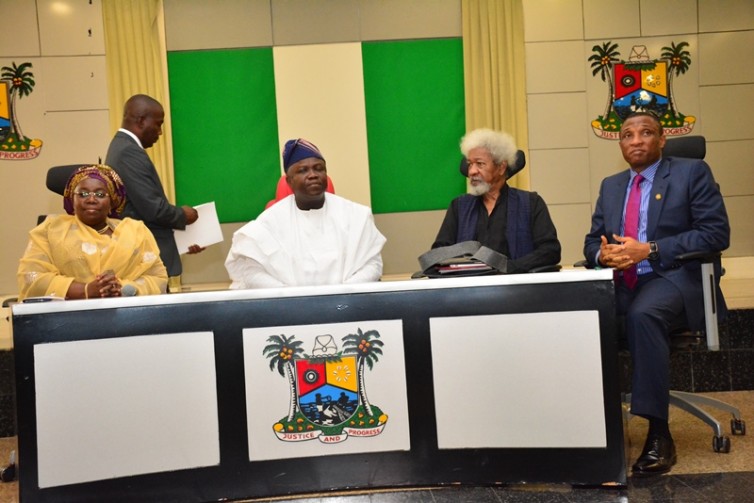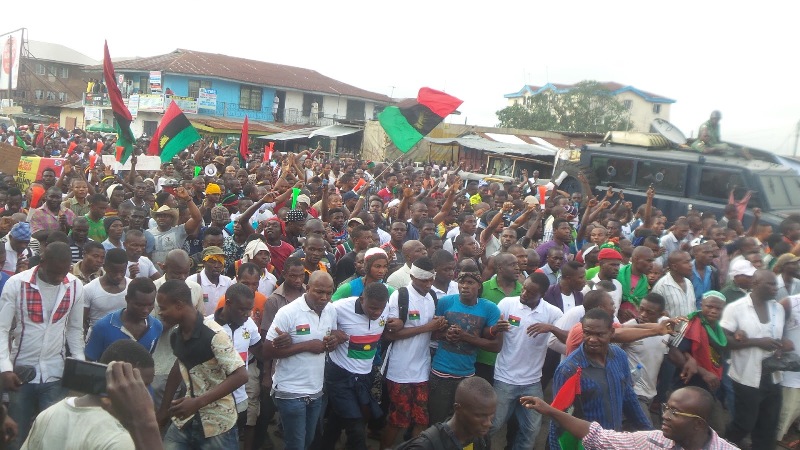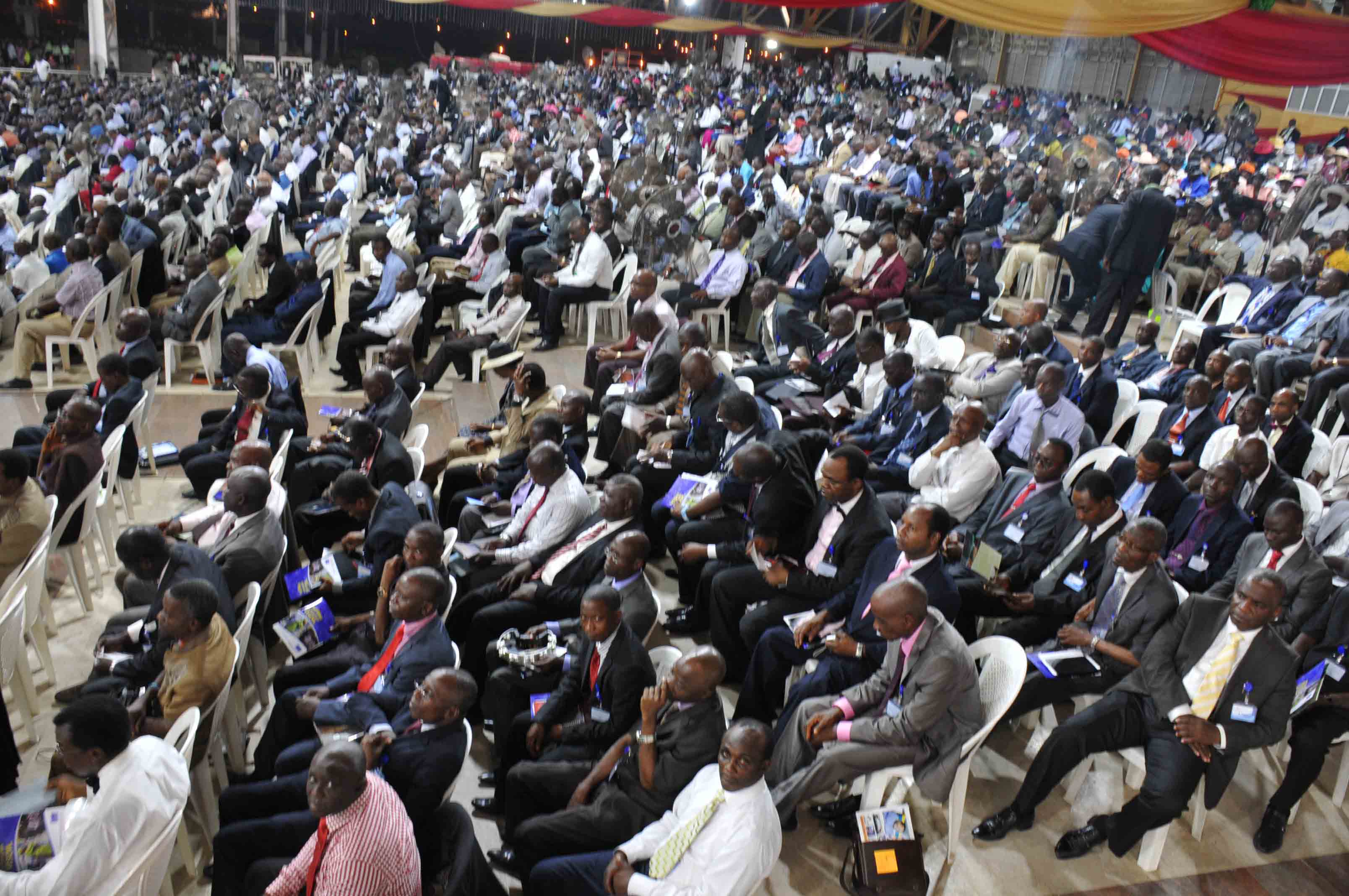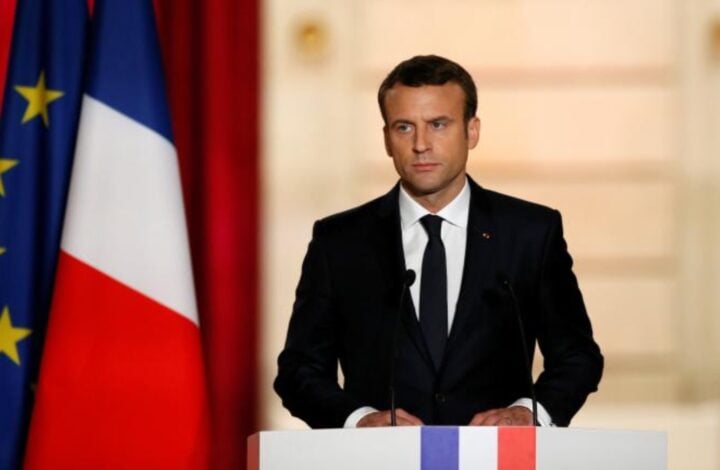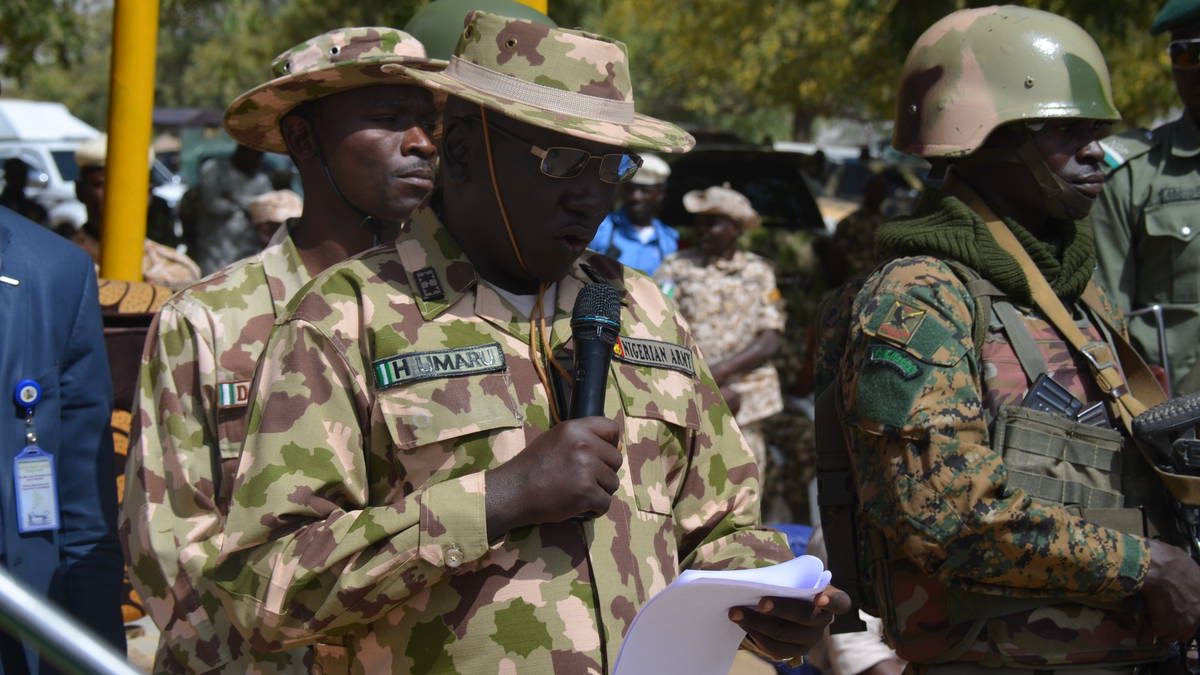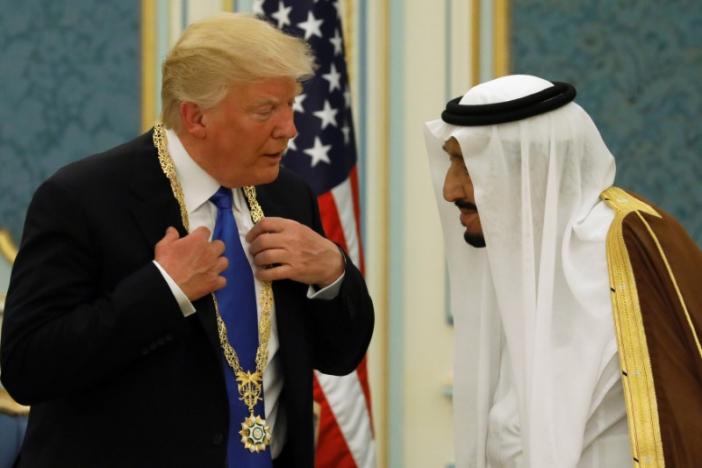BY CHIDO NWAKANMA
The Lagos@50 outdoor advertising campaign would seem to have wound down two weeks to the climax of the subject of the campaign. It left in its wake many conversations and controversies that helped to drive it.
The inclusion of Prof Pat Utomi, Olubunmi Cardinal Okogie, Stella Okoli of Emzor Pharma, the Ebeano duo and other non-native Lagosians in the Lagos@50 campaign removed disquiet in some quarters and raised the ante in the discussion of the campaign. Still, there were those who quarrelled with what was tagged its elitism.
The very elaborate campaign to celebrate the 50th anniversary of Lagos State presents an interesting case study in public communication. The Lagos@50 campaign is a 50-day long effort involving events, various programmes and direct messaging through advertising.
Some context is necessary. Lagos is not merely one of Nigeria’s 36 states. Lagos is primus inter pares. It stands alone and apart, owing to its history, its current size and its net worth. Lagos was the combined commercial and political capital of Nigeria up until 1991. It remains the business capital of West and Central Africa, and certainly one of the principal cities of Africa.
Lagos has set the pace for Nigeria in several areas, from medicine to media, commerce to communication, politics to governance and everything in between. Lagos was where the Nigeria Media grew its sinews, where broadcasting commenced with Rediffusion relays of BBC broadcasts and where advertising took form.
Rivers State in the South-South is also celebrating 50 years. So it should. Lagos is the focus because where Lagos goes, other states soon follow.
Advertisement
Kudos, therefore, to the Lagos State Government for this elaborate campaign. Note that in the Communication Darwinism of the Information Age, everything communicates, the stated and the unstated. A melange of activities, events and direct communication featured in the messaging of Lagos@50.
Entertainment is a fundamental element of the Lagos@50 campaign. It has featured Wakaa! The Musical, Fela, the Broadway Musical in Concert, a Boat Regatta and the Lagos International Jazz Festival. There have been fashion shows, film shows in the first four divisions of the state, viz Ikeja, Epe, Badagry and Ikorodu. The arts and culture predominate. The workshops that feature as part of the celebration are arts-based, being Onidiri, the art of human adornment, led by Jimi Solanke and Gele, by Nike Okundaye. There would be a comedy festival, more dances by skaters and even dance and comedy challenge.
Lagos@50 gives a nod to education. There are literary and debate competitions for primary schools and Junior and Senior Secondary Schools. There would be a two-day conference on the theme, “Lagos: From Mega to Smart City” on May 25 and 26. There would be a colloquium on various areas and a special legislative session.
Advertisement
All of these are communication events and elements, make no mistake about it. Communication as communication, however, took the form of the outdoor campaign mainly. The ubiquity and character of the outdoor campaign made it the focus and primary platform for the Lagos@50 messaging.
The goal of this campaign seemed to be to make the celebration of the Silver Jubilee of Lagos people-centric by highlighting significant players in the evolution of the state. The theme is “Enhance the heritage. Advance the Future”.
It started off, however, on a limiting footing with a focus on artists and the entertainment world. A gale of criticism followed, and the implementation team upped their game by extending the recognitions to persons in various other fields.
In consequence, the campaign acquired some distinct characteristics. First, is the fact of the advertising being almost exclusively an outdoor campaign. Outdoor as the primary driver of a campaign is unusual and upends convention. Conventional wisdom in marcomms sees outdoor advertising mainly as reminder media. Lagos@50 showed that it is possible to run on outdoor as primary and even sole vehicle.
Advertisement
Why is this so? As in real estate, location is an important consideration for out of home media. Lagos is prime real estate, an appealing location for outdoor. Lagos offers the population and the density to ensure effective reach and high opportunity to see. The boards took advantage of the massive traffic on the major roads of the city. They were thus highly visible.
One of the oft-cited benefits of outdoor advertising is cost effectiveness. There are no figures yet to know how many hoardings the managers of the campaign deployed and what it cost. For the impact it made, however, it is clear they would have required considerable air time and print insertions to come anywhere close.
Lagos@50 was scalable and showed remarkable flexibility and adaptability. The campaign managers reacted positively to criticisms and complaints, making adjustments and additions.
A further positive for the campaign was extending the messaging of the theme campaign launched last year, “Our Lagos”, the story of an inclusive Lagos as the melting pot of West Africa.
Advertisement
Outdoor is, of course, the medium that offers round the clock exposure. It runs 24 hours a day, all week. There is no editorial, programming or photographs around the boards. In the compact environment of Lagos, outdoor is a winning medium.
Outdoor became an essential part of the marketing mix in Lagos since the introduction of the Bus Rapid Transit and its dedicated buses. The moving billboards on the buses conveyed their messages effectively.
A significant drawback for the Lagos@50 communication effort was the absence of integration. The outdoor campaign featured an extensive list of eminent personalities picked for roles across various fields of endeavour. Outdoor has its limitations, so there was no information on the characters. From this point, the campaign would have benefitted from integration. There was none. There was neither a public relations campaign to storify and share the attributes that made the persons icons of Lagos nor even one on the main website of Lagos@50.
The outdoor campaign is over. Measurement would be regarding how well it served the communication functions. According to the UNESCO International Commission for the Study of Communication Problems (1980), critical communication purposes are information, socialisation and motivation. Others are debate and discussion, education, and cultural promotion. Then there are entertainment and integration.
Advertisement
The Lagos@50 campaign sparked debate and discussion. Through other measures, the LASG has done cultural promotion and lots of entertainment. Information, socialisation and motivation would happen through the citizen activities such as the school’s debate, the colloquium and the musical events.
The campaign at the end made a significant impact. It created buzz and drew attention to the fact of a major celebration. It was left to the campaign managers to strengthen it with other elements in the IMC cookbook. The key missing element of the campaign is integration. Integration refers to the provision to all persons and groups of access to the variety of messages that they need to know and understand each other and to appreciate others’ living conditions, viewpoints and aspirations. That would be the true conversation on Lagos and the communication of Lagos.
There are some quibbles. As Nigeria did when the Federal Government marked our centenary, there is no plan in the outlined programme to leave lasting mementoes. It is all about singing, dancing, eating and talking. Just merriment. Lagos is not planning to build e-libraries to mark its 50th year or even to improve the appeal and experience of its tourism. An e-library in each of the first four zones would be a lasting monument with relevance and applicability.
Nor did the LASG consider using the Lagos@50 celebrations to jumpstart tourism. For instance, the trek at the Badagry Slave Route could do with some improvements such as Ogun State did with the Olumo Rock climb. It is time for a Lagos City Tour, same as you have a London City Tour or a New York City tour. There are enough places of historical import for the many persons who come to Lagos and need education on the history of Nigeria’s much beloved and significant city-state.
Advertisement
The lack of permanent reminders seems to be a recent development and is a departure from the behaviour of the then Federal Military Government that left the Festac Town housing development and the National Theatre as mementoes of the jamboree of the World Festival of Black Arts and Civilisation in 1977.
Governor Akinwunmi Ambode is making marks in other areas and has shown adaptability and a listening ear. Maybe
Lagos would still do something as a permanent reminder of the Golden Jubilee of its creation as a state. True to type, the ink was just drying on this submission when I saw that the LASG had baptised the about-to-be-commissioned Ajah bridge as “Jubilee Bridge”. Good thinking and good communication.
Advertisement
Views expressed by contributors are strictly personal and not of TheCable.
Add a comment
